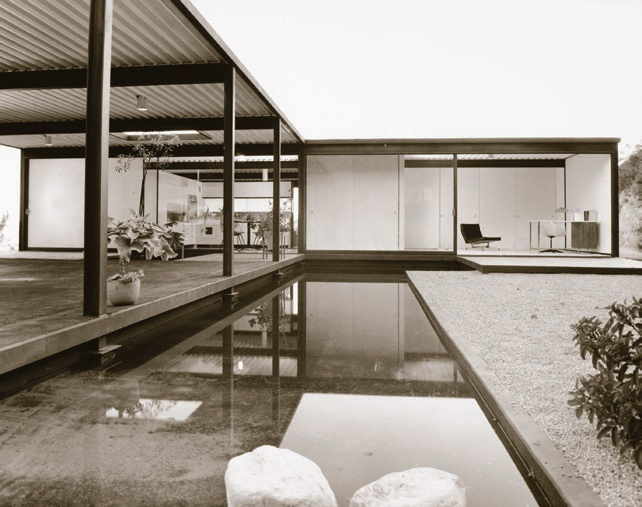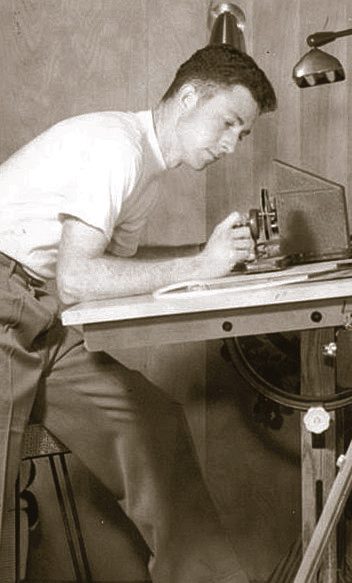8 Great Modern Masters - Page 7
 |
|
|
 |
|
|
6. PIERRE KOENIG
The Case Study House program operated by Arts & Architecture magazine focused largely on steel-framed homes, and no one was a greater steel proponent than Koenig (1925-2004), who built his first such house, for himself, while still a student.
Steel was an important theme among advanced architects in Southern California, but not primarily because of its industrial, machine-age associations. The romance with steel had more to do with bettering society. Proponents saw steel as key to housing more people more efficiently and for less cost.
Koenig argued that, if the building industry would only buy in, it would be cheaper to build houses of steel than of wood frame. He was working for A. Quincy Jones when that architect was designing the all-steel X-100 for Joe Eichler, and took part in the project.
Koenig saw steel as the ideal material to produce prefabricated houses that could be replicated easily and inexpensively.
He designed two of the most famous Case Study houses, including the glass-walled Stahl House, which seems to float above the lights of Los Angeles, and the Bailey House, which "exemplified the ideal, affordable, mass-producible, and universal house," in the words of James Steele and David Jenkins, authors of Pierre Koenig.
It's notable that the Bailey House is only 1,320 square feet. "For many critics, this elegant, even austere, pavilion was the apotheosis of the Case Study House program," Steele and Jenkins wrote.
In fact, steel never did take hold in housing for the masses, and Koenig's Case Study houses remain today beautiful, one-off collectibles.
Koenig was not wedded to using steel. He chose materials and designs to fit the occasion, often for sites that seemed unbuildable. A four-pavilion home on a steep Malibu hillside was wood-framed and held up by wooden poles.
Koenig, who taught for many years at his alma mater, the University of Southern California, remained interested in low-cost housing throughout his career—including through another effort that failed.
This was a proposal to create prefabricated homes, some with interior courtyards, on the Chemehuevi reservation, in California near Havasu Lake. The designs won praise. But, Koenig wrote, "The houses we had proposed were too nice. The politicians didn't want the Chemehuevi to have better houses than they themselves had, so they did nothing."




